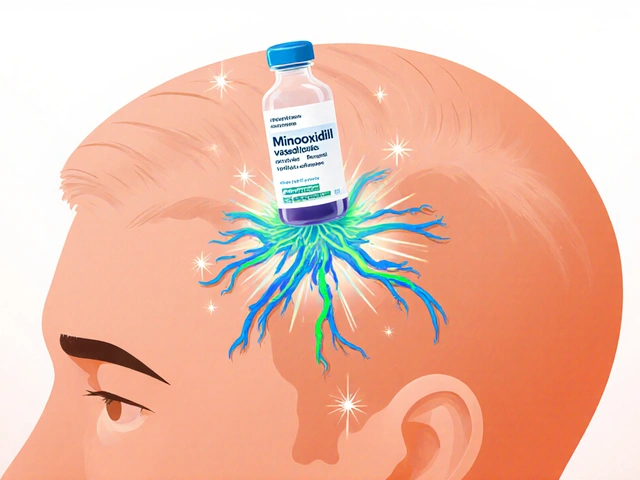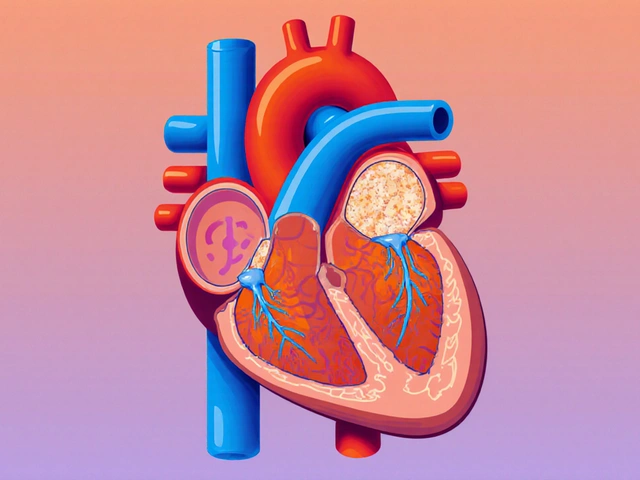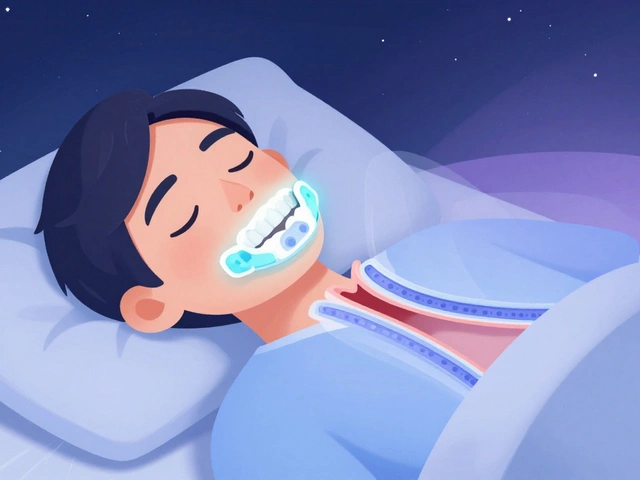Minoxidil, Finasteride, and Diet: How Nutrition Impacts Hair Growth
October 21 2025Skin Chafe – What It Is and How to Beat It
If you’ve ever felt a raw, burning line after a long walk or a sweaty workout, you’ve probably dealt with skin chafe. It’s that annoying irritation that shows up where skin rubs together or against clothing. While it’s common, it can still be painful and make you avoid the activities you love.
Why It Happens
Chafe starts when friction, moisture, or heat wear down the top layer of skin. The friction might come from running shoes, a bike seat, or even a bra that’s too tight. Sweat adds moisture, which softens the skin and makes it easier for friction to cause a scrape. Hot weather, high humidity, or a long day of standing can all turn a tiny rub into a painful sore.
Some people are more prone to chafing because of their body shape, the type of clothing they wear, or skin that’s naturally more sensitive. If you’ve got a history of eczema or dry skin, you might notice chafe appears faster and heals slower.
Fast Relief & Prevention
The quickest way to calm a fresh chafe is to clean the area with mild soap and water, then pat it dry. A thin layer of petroleum jelly, an antibiotic ointment, or a dedicated anti‑chafe balm creates a barrier that stops further rubbing and locks in moisture for healing.
For everyday prevention, pick clothing that moves with you. Look for seamless designs, moisture‑wicking fabrics, and the right fit – not too tight, not too loose. If you’re a runner, consider padded shorts or liners that reduce friction on the thighs and groin.
Powders can help, too. Lightly dusting the problem zone with talc‑free powder keeps skin dry and reduces friction. Just remember not to use too much, as excess powder can clump and cause new irritation.
If a chafe gets red, swollen, or starts oozing, it might be infected. In that case, wash it again, apply an over‑the‑counter antibiotic ointment, and keep an eye on it for a few days. If it doesn’t improve, see a doctor – they can prescribe stronger medication if needed.
Here are a few quick tips you can start using today:
- Apply a thin layer of petroleum jelly right after showering.
- Wear moisture‑wicking underwear during workouts.
- Use anti‑chafe sticks or creams on high‑friction spots before long activities.
- Keep the skin clean and dry; change out of sweaty clothes as soon as you can.
- Check for hot spots during a walk or run; adjust gear before the irritation builds.
Remember, skin chafe is usually easy to fix, but ignoring it can turn a small sore into a bigger problem. With the right gear and a few simple steps, you can stay comfortable and keep moving without the burn.
Got more questions about chafing or want product recommendations? Browse the other articles on our site – we cover everything from the best creams to how to choose the right shoes for long hikes. Stay informed, stay comfortable, and enjoy your day without that annoying skin chafe.
 1 Sep
1 Sep
Skin Chafing vs Skin Conditions: How to Tell the Difference and Treat It Fast
Not sure if it’s chafing or a skin condition? Clear signs, quick checks, treatments, and red flags. Practical, evidence-backed guide to feel better fast.
Read More...




